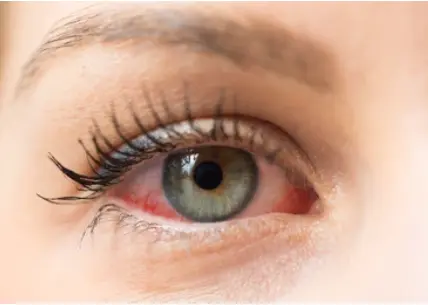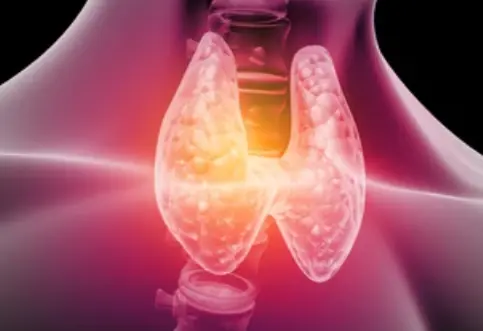 Welcome
Welcome
“May all be happy, may all be healed, may all be at peace and may no one ever suffer."
Bacterial or fungal vaginal infection - Generics
Bacterial and fungal infections are two common types of vaginal infections that can occur in women.
Bacterial vaginosis (BV) is a common bacterial infection of the vagina caused by an overgrowth of certain types of bacteria. Symptoms can include abnormal vaginal discharge that is thin and grayish-white, a fishy odor, and itching or irritation. BV is not usually associated with pain or discomfort. Antibiotics are commonly prescribed to treat BV.
On the other hand, vaginal candidiasis or yeast infection is caused by an overgrowth of a type of fungus called Candida. Symptoms of a yeast infection can include itching, burning, and swelling of the vulva, thick and white vaginal discharge, and pain during sex or urination. Antifungal medications, including creams, ointments, tablets, or suppositories, are typically used to treat yeast infections.
It is important to note that while BV and yeast infections can cause similar symptoms, they are different conditions and require different treatments. A healthcare provider can help to determine the cause of vaginal symptoms and recommend appropriate treatment. Maintaining good hygiene, including washing the genital area with mild soap and water, wearing clean and dry clothing, and avoiding douching or using scented products in the genital area, can also help prevent vaginal infections.

Cancer Prevention

Toxocariasis

Recurrent renal stones

Epidural analgesia

Aid controlled ventilatio...

Eye infections

Uveal tract inflammation

Graves disease
Bacterial or fungal vaginal infection, ব্যাকটেরিয়া বা ছত্রাকের যোনি সংক্রমণ
To be happy, beautiful, healthy, wealthy, hale and long-lived stay with DM3S.